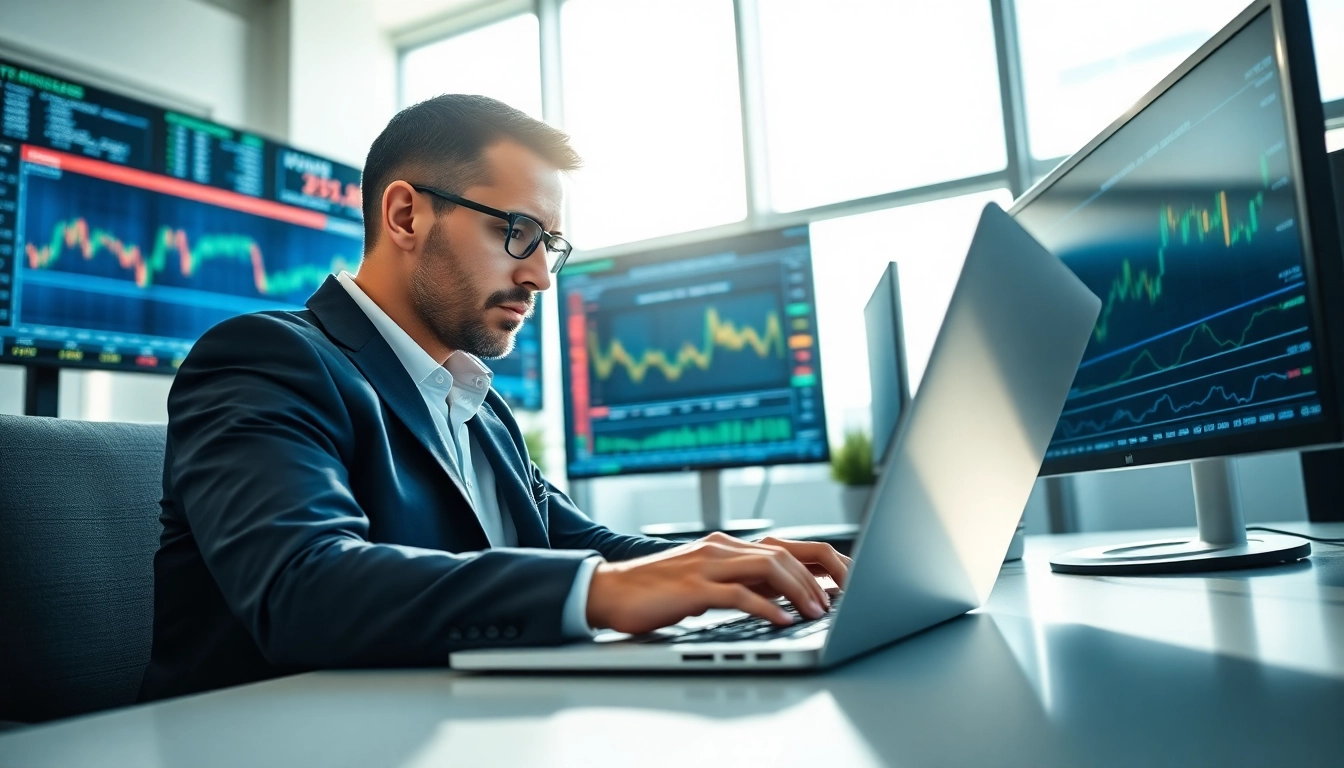What Are Trade Futures?
Definition and Key Concepts
Trade futures represent agreements to buy or sell a specific asset at a predetermined price at a designated future date. This concept forms a cornerstone of commodity markets and financial practices, allowing investors to speculate on price movements or hedge against potential losses. A futures contract obligates the buyer to purchase, and the seller to sell, an asset, which can be commodities like oil and grain or financial instruments like currencies and stock indices. Traders can employ these contracts to capitalize on expected financial fluctuations or to stabilize revenue streams against market volatilities.
Types of Futures Contracts
Futures contracts fall into two main categories: traditional and financial futures. Traditional futures, often called commodity futures, involve physical goods such as agricultural products, metals, and energy resources. Financial futures pertain to financial instruments and include options like currency futures and interest rate futures. Each type serves distinct purposes; for instance, commodity futures help farmers hedge against price drops in their produce, whereas financial futures attract investors looking to mitigate risks connected with interest rate changes.
The Importance of Trade Futures in Financial Markets
Trade futures play a pivotal role in the broader financial markets, offering liquidity and price discovery. These contracts allow investors to rate the value of an asset in the present based on its expected future worth. With the additional leverage provided by margin trading, futures enable investors to control larger positions than they could in spot markets, thereby enhancing potential returns. The global nature of trade futures markets links various economies and sectors, creating a network of hedging opportunities that stabilize prices across nations.
Benefits of Trading Futures
Leverage and Margin Requirements
One of the most compelling advantages of trading futures is the leverage it offers. Traders can enter into contracts by putting down only a fraction of the contract’s total value, usually referred to as margin. This margin requirement varies depending on the broker and the underlying asset but generally ranges from 2% to 12%. The ability to control a larger position with a smaller deposit enhances potential profits significantly. However, it’s crucial to understand that while leverage magnifies gains, it also amplifies losses. Thus, managing risk effectively becomes essential.
Diversification Opportunities
Futures provide an excellent way to diversify an investment portfolio. For instance, a portfolio heavily weighted in equity can benefit from including futures contracts in commodities or currencies, thus providing a hedge against downward trends in stock markets. By investing in a diverse array of assets through futures, traders can mitigate risk while enhancing overall returns. This strategy becomes particularly valuable during times of market instability, where traditional asset correlations tend to breakdown.
Hedging Against Market Risks
Another significant benefit of trading futures is the ability to hedge against market risk. For businesses that rely on commodities, such as an airline using jet fuel, futures contracts allow them to set prices in advance, insulating themselves from unexpected spikes in fuel costs. Similarly, investors can hedge their equity positions by taking opposing positions in futures contracts. This practice helps to create a safety net, ensuring that even if their primary investments decline in value, the losses may be offset by gains in their futures contracts.
How to Start Trading Futures
Choosing a Broker and Trading Platform
When embarking on a journey in futures trading, selecting a reliable broker is crucial. With various options available, traders should look for brokers that offer low margin requirements, robust trading platforms, and transparent fee structures. Additionally, features like analytical tools, educational resources, and customer support should align with individual trading strategies. As investing in trade futures can have significant financial implications, research into the broker’s regulatory compliance and security measures is essential.
Setting Up Your Trading Account
After selecting a broker, the next step involves opening a trading account. This process typically requires submitting personal identification, financial information, and agreeing to the broker’s trading permissions. Once the account is activated, traders can deposit funds and begin trading. It’s wise to start with a demo account if available, allowing new traders to familiarize themselves with the trading platform without the risk of losing money.
Understanding Costs and Fees
Trading futures involves several costs that can impact overall profitability. Besides the margin that traders must maintain, there are commissions, spreads, and potential rollover fees to consider. Some brokers charge based on the number of contracts traded, while others have flat fees. Knowledge of these costs is essential, as they can erode profit margins, especially for frequent traders. Therefore, evaluating and understanding these fees before starting to trade can lead to more informed decision-making and better financial outcomes.
Strategies for Successful Trade Futures
Technical Analysis Techniques
Technical analysis remains a cornerstone of futures trading strategies, focusing heavily on market data and price movement. Traders utilize charts and indicators such as moving averages, Relative Strength Index (RSI), and MACD to identify trends and potential reversal points. Candlestick patterns can also provide visual cues about price movements. Understanding these elements allows traders to make more educated decisions regarding entry and exit points based on historical performance trends.
Fundamental Analysis Insights
While technical analysis looks to historical data, fundamental analysis factors in external variables such as economic indicators, political events, and seasonality. For instance, a drought could influence commodity prices significantly, affecting crop futures. By evaluating supply and demand dynamics and understanding the broader economic context, traders can gain insights that inform their strategies and possibly predict market movements in the futures market more accurately.
Risk Management Practices
Effective risk management is crucial in futures trading due to the inherent volatility of markets. Traders should set clear stop-loss orders to limit potential losses and define risk-reward ratios before entering trades. Diversification across different commodities or contracts can also help mitigate risk. Additionally, staying informed about market news and adjusting strategies as necessary will aid traders in making more calculated decisions in fluctuating markets.
Performance Metrics for Trade Futures
Evaluating Your Trading Performance
Regularly evaluating trading performance is essential for success in futures trading. Traders should track metrics such as win/loss ratio, average gains versus average losses, and overall profitability over time. Utilizing performance analytics tools provided by trading platforms can help facilitate this process. By understanding which strategies yield the best results, traders can make informed adjustments to their trading approaches.
Understanding Market Indicators
Market indicators, such as volume data and open interest, provide critical insights into market behavior and liquidity. High trading volume often signals strong interest in a particular futures contract, potentially leading to price movements. Conversely, low volume may indicate a lack of market conviction. Traders should also observe open interest to gauge market strength; increasing open interest alongside rising prices often indicates a bullish trend.
Adapting Strategies Based on Market Feedback
Finally, adapting strategies according to market feedback is vital for continuous improvement. As market conditions change, so too should trading approaches. Regular analysis of previous trades, coupled with market conditions and overarching economic signals, can help traders remain agile. Furthermore, staying abreast of global events and how they might impact the futures market is crucial for successful strategy adaptation.



